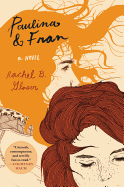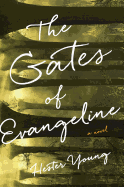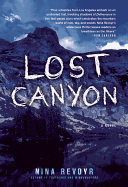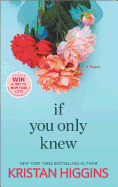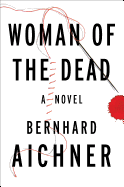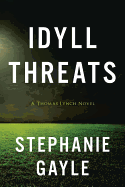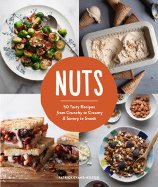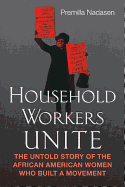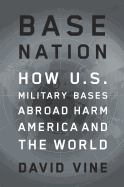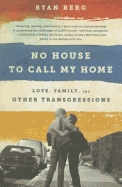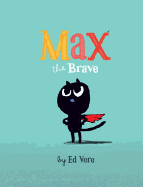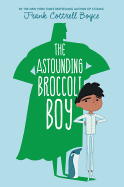 |
| photo: Sayamindu Dasgupta |
Stephanie Gayle's first novel, My Summer of Southern Discomfort, was chosen as one of Redbook's Top Ten Summer Reads. Her short fiction and nonfiction have appeared in Kenyon Review Online, the Potomac Review, Punchnel's and several other publications. She's twice been nominated for a Pushcart Prize and is a member of the Mystery Writers of America, Sisters in Crime and International Thriller Writers. She co-founded the popular Boston reading series Craft on Draft.
Idyll Threats (reviewed below), her latest book, stars Thomas Lynch, the police chief of Idyll, Conn. When Cecilia North turns up dead on the local golf course, mere hours after meeting Lynch, he's appalled--because if he reveals that he knows where Cecilia was, he'll also reveal his greatest secret: he's gay.
What gave you the idea to write a story featuring a closeted detective as the main character?
When I began writing Idyll Threats, I didn't know Thomas was gay. It emerged as I got to know him. So it isn't something I set out to do, which is probably a good thing. It can be intimidating to write other perspectives and Thomas: male, a cop and gay, has a lot of perspectives that are different from mine. Of course, once that realization came, the story changed a lot. But all for the better.
Since Thomas is nearly your polar opposite in terms of perspective, how did you step into his shoes? Was it difficult to get to know him?
Thank god for a hyperactive imagination and a well-developed sense of empathy! Thomas was harder than most of my characters to get to know. Because he is not, at the best of times, chatty. He speaks in two-word sentences. When I started, I knew that I didn't want to create a cop who had a super-human intellect or much support from his team. Lonely outsiders make great narrators. He's easy in the sense that he is not ambivalent about anything. He has strong opinions. And he does share one trait with me: We're both suckers for blue-eyed men.
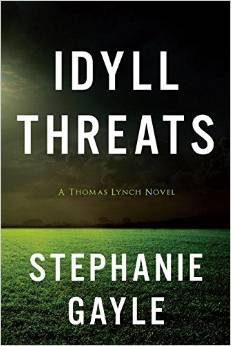 The events of Idyll Threats take place in 1997. How different do you think Lynch's career would be in 2015?
The events of Idyll Threats take place in 1997. How different do you think Lynch's career would be in 2015?
People think everything has changed. It hasn't. Same-sex couples are being denied marriage licenses, despite the Supreme Court ruling. I spoke to a cop about the plausibility of Thomas being closeted. "Oh, absolutely," he said. That was before I told him I'd set the novel in 1997. We tend to see progress as absolute, but it's incremental. So while ground has been gained, I think in the world of policing, Lynch's career would not look much different today.
Lynch thinks about being gay, and about who else might be thinking about it, almost constantly. Do you think it's because he's closeted?
To clarify, Thomas is closeted at work and with strangers. But not with his family or his former partner, with whom he was very close. Thomas has a heightened awareness at work, because his co-workers are casually homophobic. And he rightly fears they'd treat him as "other" if he told the truth. Minorities are constantly reminded of their status in this world, and I think that influences their views.
You're from Massachusetts--was it easy to create a small New England town like Idyll?
I grew up in a semi-rural small town, so it was very familiar to me. But I discovered that in creating a new place, like Idyll, I had to figure out lots of things. What's the government structure like? Does the town have its own school system? How diverse is it? That involved more research than I had expected. But it has been to fun to capture some of the small town quirks I remember and situate them in Idyll. And I'm happy to have a New England setting.
Speaking of research, what is your writing process typically like?
My process starts with a central character, a voice, and extends to story. I accrue details, secondary characters, and subplots as I write. I do a fair amount of research, and I never use it all. But it's fun to read up on forensics and police procedures and legal precedents. Or I think it's fun. In terms of timing, I work 8-5 and I'm not a morning writer. All my writing gets done after work and on weekends. I've been known to take a week of "vacation" and use it to write. I'm pretty bad with outlines. I want to be better. I go through many drafts. When I'm first thinking about a novel I'll write scenes, often out of sequence, just to get to know the characters. Some of them make the book. Some of them don't. And I edit/cut without regret. When I eliminate characters, I never think, "Oh maybe I'll include him in another book." I'm ruthless.
Any sneak peeks about what's next? More Thomas Lynch?
Yes, I'm working on #2 in the Thomas Lynch series. It's funny. I never thought I'd write a series. But I like Thomas enough to take another journey with him. After I finish that, I have another mystery featuring a house cleaner. And who knows, maybe I'll finish knitting that hat I started 18 months ago! (Oh god, I'm never going to finish that hat.)
Ha! Good luck with the hat. And one more question--are you big on puns? With a title like Idyll Threats, it seems like you might be.
I do enjoy a good pun. But I didn't come up with the title. Of my two novels, I am zero for two on titles. My mom came up with my first novel title, My Summer of Southern Discomfort. And my editor, Dan Mayer, mentioned that a title with the word "Idyll" might be good in my second book, especially if we did a series. I mentioned this and my boyfriend, Todd, said, "How about Idyll Threats?" When he found out it was the title, he asked how much he got paid. I told him he'd only come up with two words. "But," he said, "They're on the front of the book!" Six weeks, later I came up with an adequate comeback: "I have two words on the cover too. My name." --Jessica Howard, blogger at Quirky Bookworm
Stephanie Gayle: Secrets in a Small Town
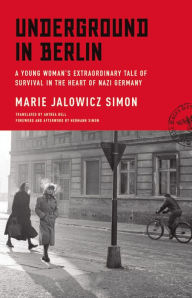 She made a note to research the book later, but "I hadn't been back at the office for more than a week before an e-mail appeared from agent George Lucas at Inkwell with about 20,000 words of the book in English. George represents Profile Books in the U.K., and they were publishing the book the following spring. So it was really pure coincidence. And a very happy coincidence at that, because I had also acquired Tom Buergenthal's astonishing Holocaust memoir A Lucky Child five years earlier from George and Profile, and it has been extremely successful for us. It felt like kismet."
She made a note to research the book later, but "I hadn't been back at the office for more than a week before an e-mail appeared from agent George Lucas at Inkwell with about 20,000 words of the book in English. George represents Profile Books in the U.K., and they were publishing the book the following spring. So it was really pure coincidence. And a very happy coincidence at that, because I had also acquired Tom Buergenthal's astonishing Holocaust memoir A Lucky Child five years earlier from George and Profile, and it has been extremely successful for us. It felt like kismet."



 The events of Idyll Threats take place in 1997. How different do you think Lynch's career would be in 2015?
The events of Idyll Threats take place in 1997. How different do you think Lynch's career would be in 2015?